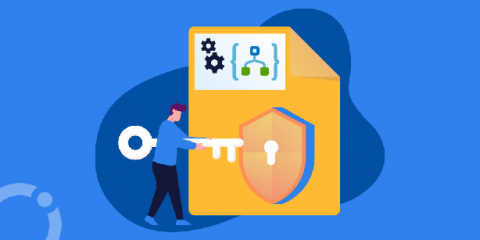Maintain monitoring, backups and updates: basics of information security
There are three basic types of activity in information security – those that should be performed periodically to reduce possible risks to minimum. Periodic updates is one of them: as software pieces are being developed and enhanced, it is required to update them for many reasons, one of them being possible vulnerabilities.











